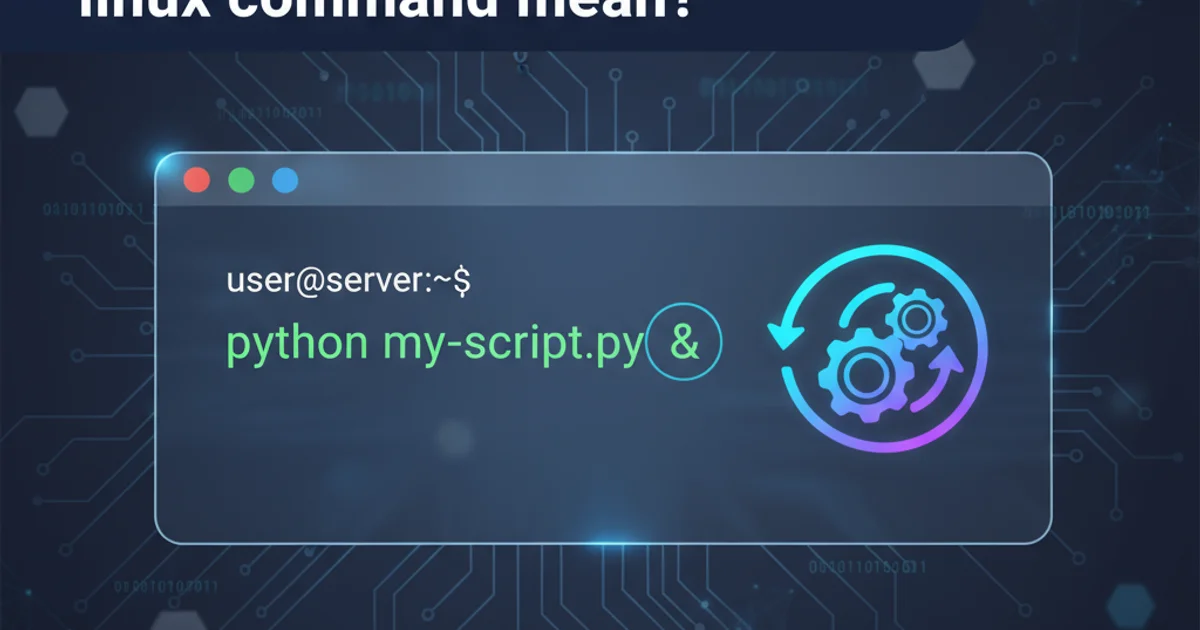Reorder Buffer in Speculative Execution always needed?
Categories:
The Reorder Buffer: An Indispensable Component in Speculative Execution?

Explore the role of the Reorder Buffer (ROB) in modern CPU architectures, its necessity for speculative execution, and how it ensures correct program order despite out-of-order execution.
Modern high-performance CPUs employ a variety of techniques to maximize instruction throughput, chief among them being out-of-order execution and speculative execution. These techniques allow processors to execute instructions when their operands are ready, rather than strictly adhering to program order. However, this aggressive optimization introduces complexities, particularly in maintaining program correctness and handling exceptions. The Reorder Buffer (ROB) is a critical component designed to manage these challenges, ensuring that the architectural state of the program is updated correctly and precisely, even in the face of speculative execution and potential mispredictions.
Understanding Out-of-Order and Speculative Execution
Before diving into the Reorder Buffer's specifics, it's essential to grasp the concepts it supports. Out-of-order execution allows a CPU to execute instructions as soon as their input data is available, regardless of their original position in the program sequence. This helps to hide memory latencies and exploit instruction-level parallelism. Speculative execution takes this a step further: the CPU predicts the outcome of branches and executes instructions along the predicted path before the branch's actual outcome is known. If the prediction is correct, significant performance gains are achieved. If incorrect, the speculative work must be discarded, and the correct path must be re-executed.
flowchart TD
A[Fetch Instruction] --> B{Decode & Issue}
B --> C[Reservation Stations]
C --> D{Operands Ready?}
D -- Yes --> E[Execute]
E --> F[Write Result to ROB]
F --> G{Commit?}
G -- Yes --> H[Update Architectural State]
D -- No --> C
G -- No --> FSimplified Out-of-Order Execution Pipeline with ROB
The Role of the Reorder Buffer (ROB)
The Reorder Buffer acts as an intermediary between the execution units and the architectural register file/memory. When an instruction finishes execution, its results are not immediately written back to the architectural state. Instead, they are temporarily stored in the ROB. Each entry in the ROB corresponds to an instruction and holds its result, status (e.g., completed, exception), and destination register/memory address. Instructions are entered into the ROB in program order and can only commit (write their results to the architectural state) when they are at the head of the ROB and all preceding instructions have also committed. This strict in-order commitment is crucial for several reasons:
- Precise Exceptions: If an instruction causes an exception, the ROB ensures that all instructions before it have committed, and all instructions after it (which were speculatively executed) are discarded. This guarantees that the program state is consistent at the point of the exception.
- Rollback on Misprediction: In case of a branch misprediction, all instructions that were speculatively executed along the wrong path and have entries in the ROB are simply flushed. The architectural state remains untouched by these incorrect instructions.
- Maintaining Program Order: Despite out-of-order execution, the ROB guarantees that the observable effects of the program (register values, memory contents) appear as if instructions executed strictly in program order.
Is the Reorder Buffer Always Needed?
For CPUs that implement both out-of-order execution and speculative execution, the Reorder Buffer is indeed indispensable. Without it, maintaining precise exceptions and recovering from branch mispredictions would be exceedingly complex, if not impossible, while still achieving high performance. The ROB provides the necessary mechanism for buffering results, tracking instruction status, and enforcing in-order commitment.
However, in simpler CPU designs, such as those that are strictly in-order or VLIW (Very Long Instruction Word) processors without dynamic out-of-order scheduling, a dedicated Reorder Buffer might not be present in the same form. VLIW architectures, for instance, rely on the compiler to schedule instructions explicitly, and typically do not perform dynamic speculative execution with rollback capabilities in the same way superscalar processors do. In such cases, the compiler ensures correctness, and the hardware's role in reordering and recovery is minimized or absent. But for the vast majority of modern general-purpose CPUs (like x86), which heavily rely on dynamic out-of-order and speculative execution for performance, the Reorder Buffer is a fundamental and necessary component.
graph TD
A[CPU Architecture] --> B{Out-of-Order Execution?}
B -- Yes --> C{Speculative Execution?}
C -- Yes --> D[Reorder Buffer (ROB) is Essential]
C -- No --> E[ROB's role is diminished/different]
B -- No --> F[In-Order/VLIW CPU]
F --> G[ROB not typically present in same form]Decision Flow for Reorder Buffer Necessity